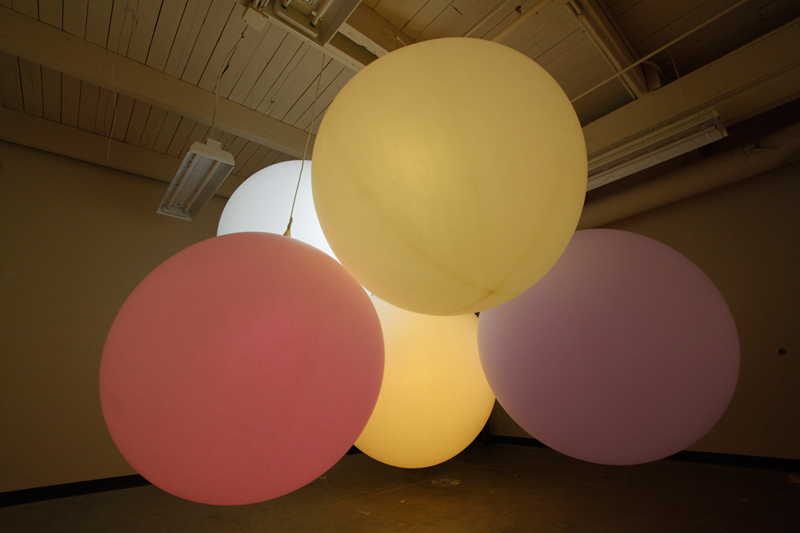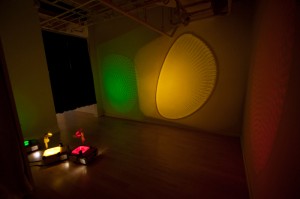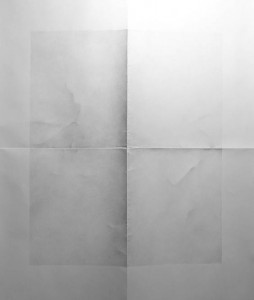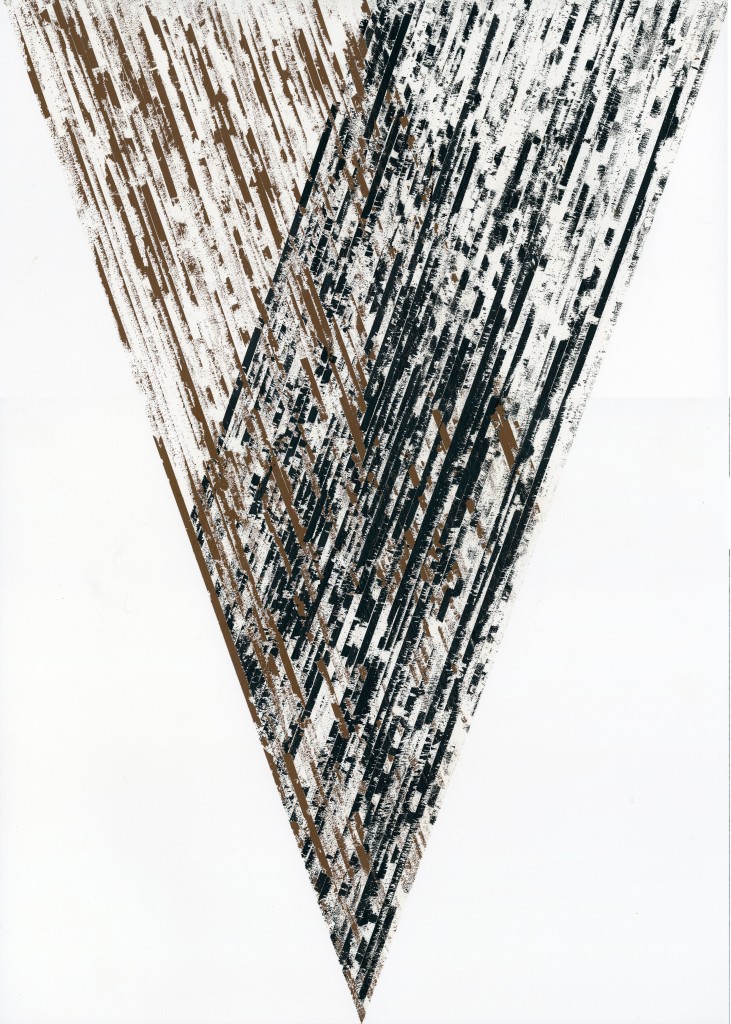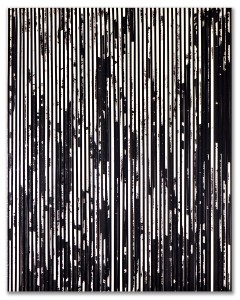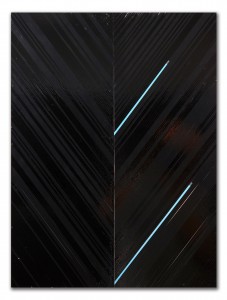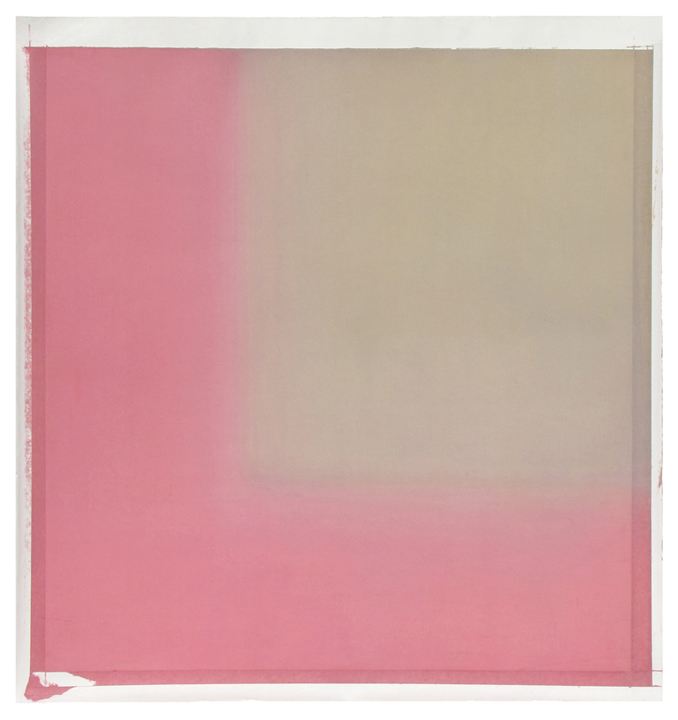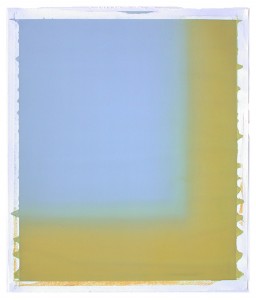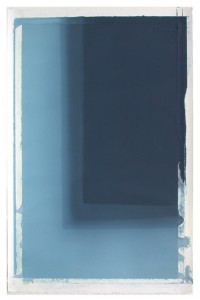This is the seventh in a series of interviews with each of the Sondheim Award Semifinalists. Finalists will be announced in mid-April, and will be on exhibit at the Walters Art Museum June 21 to August 17; those not selcected as finalists with be exhibited at the Decker, Meyerhoff and Pinkard Galleries at MICA July 17 to August 3, 2014.
Name: Tommy Bobo
Age: 30
Website: iamtommybobo.com
Current Location: Bolton Hill, Baltimore
Hometown: North Augusta, SC
School: MICA and University of Kansas
Current favorite artists or artwork: Liz Magic Laser’s Absolute Event and Rutherford Chang’s 100 White Albums
What is your day job? How do you manage balancing work with studio time with your life?Currently, I am a full time student with two on campus jobs. I am big believer in taking at a minimum one day off a week. Keeps my head clear and my wife happy. Also I make an effort to stay on a 9-5 schedule. Sometimes it is just better to leave something to be done the next morning. It keeps my momentum up.
How would you describe your work, and your studio practice? My work is an examination of the different qualities of projected light in between the bulb and the screen. I use lots of projectors, lenses, and diffusion materials. My studio practice is based on experimentation and trial-and-error. I burn through a lot of ideas pretty quickly.
What part of artmaking to you like or enjoy the most? The least? I love that first burst of an idea and those midway through epiphanies . It’s like falling in love. When you just can’t wait to get to the studio everyday. I loathe editing documentation of the work. It feels like a postmortem. Also I have to spend a lot of time in the dark, which during winter gets quite hard.
What research do you do for your art practice? Right now I am reading specs on different types of plexiglass. I really like new materials, but it requires a lot of reading and experimentation. Amazon reviews are my lifeline to a certain degree. I also read a lot: art history, theory, film history, and novels. When I am working with film as a source material I end up watching a lot of movies looking for particular little details.
What books have you read lately you would recommend? Movies? Television? Music? Book= Wild Ones by Jon Mooallem – It’s about the lengths we will go to in order to save endangered species. It is a beautiful and heartbreaking book. BBC Made for TV Movies based on true stories= Holy Flying Circus- Which is about the release of Life of Brian in the UK. The Challenger- which is about Richard Feynman’s investigation into the Challenger explosion. Music= Lambchop’s ‘Mr. M’ and the remix version ‘Mr. N’ Television= Community, Broad City, and Bob’s Burgers
Looking at your work (especially the balloon pieces, and the Sound of Music supercut) how important is a sense of humor in your work? How do you see it working with the main themes in your work, especially considering how some of your recommendations approach this? (especially Bob’s Burgers. SO GOOD.) I have to admit that contemporary art is pretty absurd. The fact that I like to express my innermost thoughts with slide projectors and balloons is funny in of itself. That balloons in question also look like 3 foot long phalli which just makes the point clearer. With all that said I don’t I set out to make humorous work. When I have tried to make funny work, it has usually been painfully unsuccessful. The humor that is in the work is more a reflection of my personality and playfulness in my studio practice.
About eight years ago there was a William Wegman show at the Smithsonian Museum of American Art. It was of mostly non-dog art, self portraiture, paintings and video mostly. It was a revelation for me to see such earnest work that was funny. Here I was a goofy kid right out of undergrad trying to make overly serious work about all the darkest parts of my life. I went to see that show 10-15 times. It took a while, but eventually I felt freed from having to be so serious all the time.
Do you ever get in creative dry spells, and if so, how do you get out of them? Dry spells are inevitable. I try not to let it get me down. Usually I try to bring something new into the studio, a book or material. Often I find myself rereading a book I’ve read a dozen times before, and find something new in it that triggers something. It is just about being open and letting connections happen.
How do you challenge yourself in your work? By bringing in new materials and technologies. If I am learning I am working. Also by not being 100% satisfied.
What is your dream project? Big dream: To reinstate the artist-in-residency program at NASA. They have all the best toys. I am not sure what I would make but It would likely involve radio telescopes and weightlessness. Medium dream: To do an installation piece at the Uptown Movie Theater in DC. It’s where 2001:A Space Odyssey premiered and played for a complete year. Every movie is made better by being seen there.

